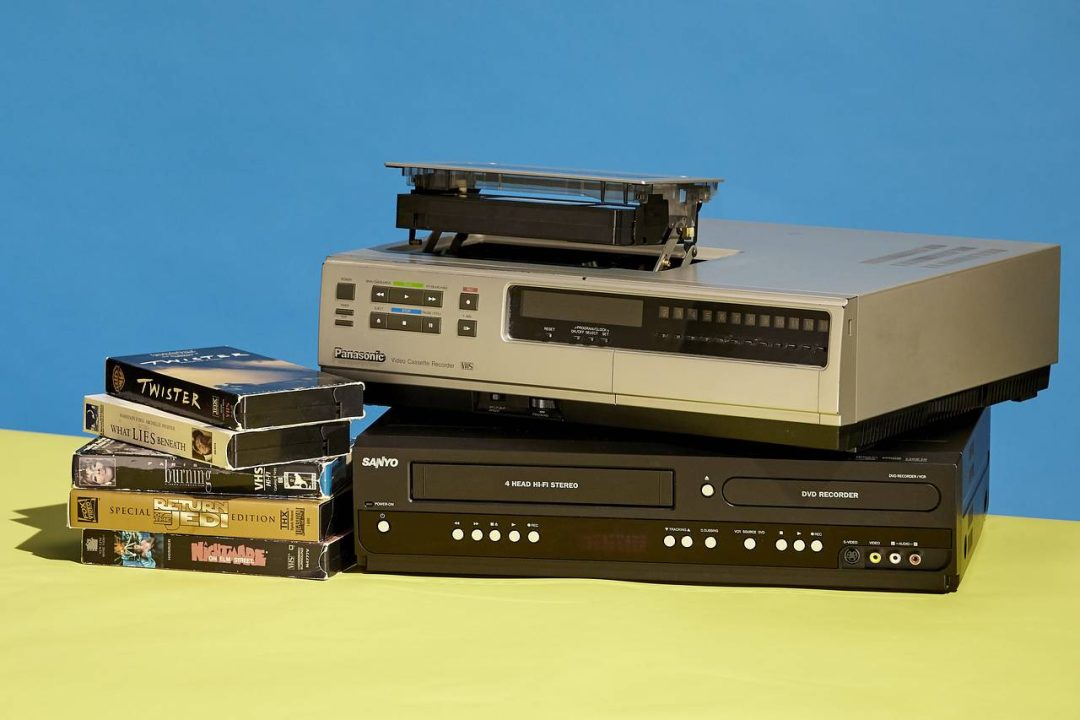While writing about Mike Flanagan’s stance on physical media this morning, it set me reminiscing about a time when there was nothing but physical media, and our experiences. It reminded me of another article from our old, defunct version of LMO.
If you are a certain age, the chances are that there is one invention that impacted you so much that, in a roundabout way, it is what led you to being an Outposter and with us on our journey. The box that changed your life. The VCR.
We should pay tribute to what was truly a magical piece of equipment. An unsung hero of our movie-going education. Our video cassette recorder. This little box that lived beneath our television set changed absolutely everything.
Life Without Convenience
Our children and grandchildren simply will not believe us when we tell them that prior to the VCR there’s not really any way to watch movies at home. None.
Sure, one in a thousand people might have had some kind of projectors at home that took actual film, but they were always wrong ‘uns! Why did they always look like there was a reason they needed “private” movies?
If you wanted to watch a movie at your convenience in your own home, you genuinely could not. You watched a movie when it was broadcast on TV, when the schedulers told you that you would watch it. It was that simple.
And you waited. My God, how long you waited! Jaws was released in 1975. It did not come to television until one Sunday night late in 1979 when it was shown on ABC. Star Wars did not appear on television until 1982. Even after all that time, it was on the then-brand-new HBO subscription service that less than half a million homes could get.
When they said it was on TV, that night at 7:15pm, you damn well sat down to watch it when they told you to. I vividly remember the day Star Wars came on television. I think I sat down in front of the TV about five hours before it started, despite my parent’s protestations that it wouldn’t start for hours. It was a big day. An event in my life. And if I blinked, I missed it. There were no replays.
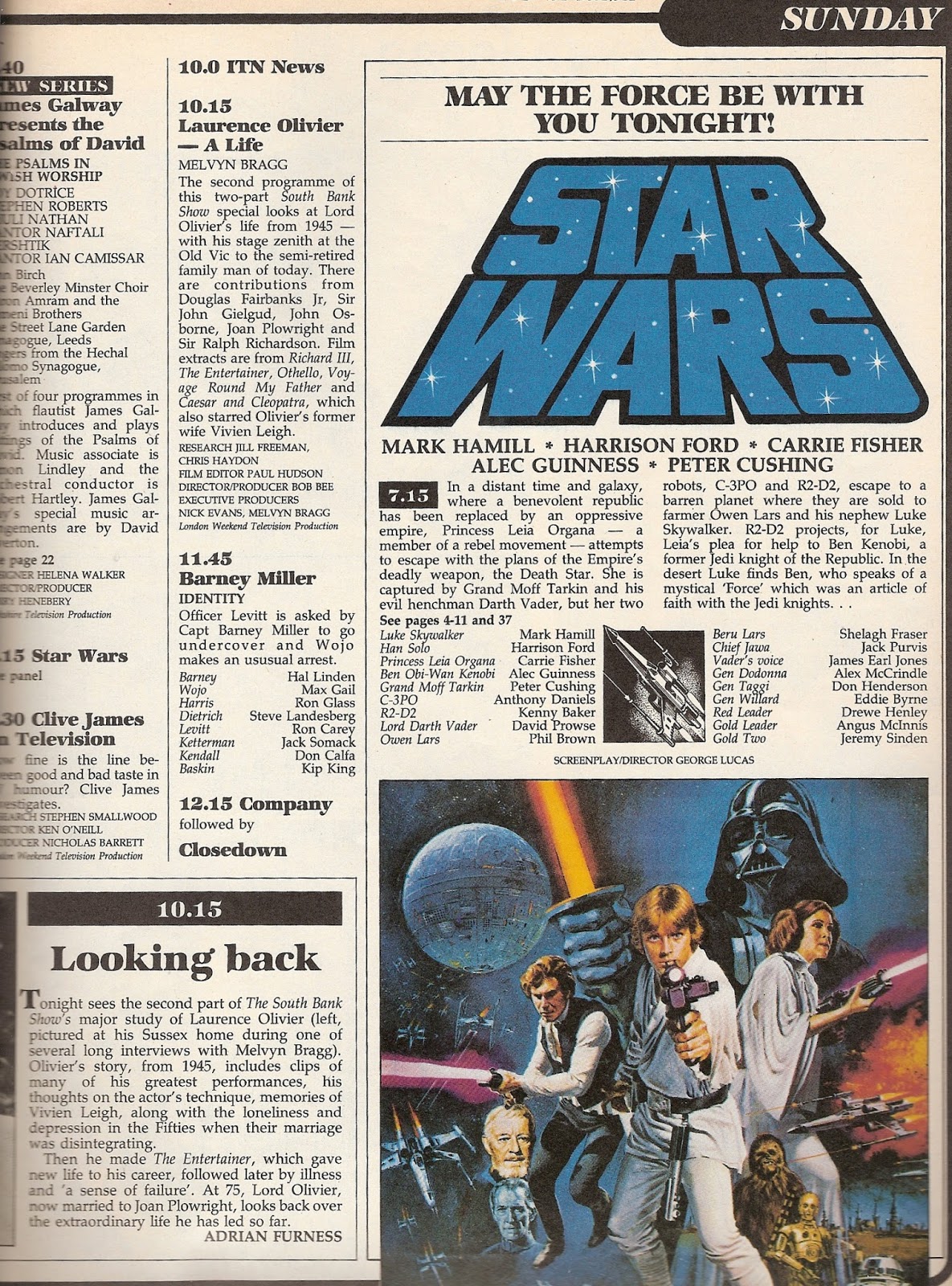
A False Start
The Ampex Corporation was formed in 1944 by Alexander M. Poniatoff as a spin-off of Dalmo-Victor. The name AMPEX is a portmanteau, created by its founder, which stands for Alexander M. Poniatoff Excellence. It is an electronics corporation and it is still going today. Look here.
In 1956 they developed the VRX-1000. This machine used a rotating head design to record video and audio on magnetic tape. There were some major drawbacks. Firstly, it was not exactly small.
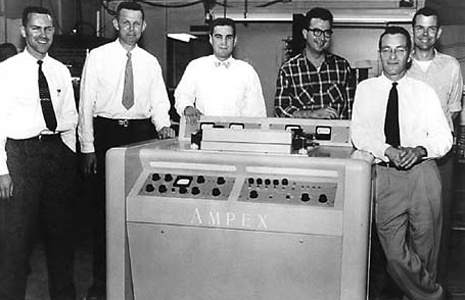
Secondly, the rotating heads required a skilled operator to drive them, plus the heads themselves only lasted a few hundred hours before they needed replacing. Finally, there was the price. $50,000 in 1954. That is about $325,000 in today’s money. The only purchasers were television networks that used the machines to record live broadcasts ready for re-transmission.
Numerous other formats and attempts were made, including Quadruplex, VERA, VC-2000, Akai, and Sony U-Matic. They came, they were lightly adopted, and they went. Finally, it was the Dutch company Philips that made the big breakthrough when they created VCR – Video cassette recording.
It replaced the previous, largely open reel, formats with the idea of the magnetic tape being encased in a cassette that could be easily stored, loaded, and removed again. Unbelievably this system was not available in America, just the U.K., mainland Europe, Australia, and South Africa. VCRs wouldn’t work in the US because the US used a non-standard NTSC broadcasting system unlike most of the rest of the world that used PAL.
Tape technology at the time would also have been limited to just 60 minutes in the USA because of having to run at a higher speed on this NTSC system.
While the VCR system was easy to use, it was still expensive. In 1972 the N1500 recorder cost nearly £600 in the UK. In today’s money that is £8,100. By comparison, a bestselling small car, the Mini cost £600.

This was a luxury item that was only in the homes of the incredibly rich, or the offices of TV moguls. If you had one of these in your house, your father was basically 1970s Jeff Bezos.
In the late 1970s, Philips made moves to replace this format with something cheaper, the Video 2000 format, known as Video Compact Cassette or VCC. But it was too late. Out in the East, the idea behind the Philips VCR had been noted and adapted. Those industrious little fellows were hard at work.
The Beast From The East
Two major electronics players saw the future and knew Philips was on to something. It just needed to be smaller and cheaper. Sony launched Betamax while JVC went with the Video Home System – VHS.
A format war broke out. Betamax was first to market in November 1975, and was arguably better quality. Both VHS and Betamax were compatible with the US NTSC system.
However, Betamax had an Achilles heel – runtime. In Japan, in 1976 JVC released a machine that could record for 2 straight hours, or even be switched to lower quality, long-play mode that gave four hours of record time.
When introduced into the USA in September 1977 under license by RCA, the SelectaVision quickly became the favored model as it could record live sports events, even when they ran long. This meant that VHS quickly became the format of choice for homes in the States. With this critical market mass behind them, it was not long before VHS triumphed over Betamax.
The machines were still very expensive. One final thing was needed to add the spark to create the fire that would become the home video market – rental.
In 1978, the majority of consumers in many countries actually chose to rent, rather than buy outright, the VCR player. Spending a small amount monthly to have one of these machines in your home suddenly made them accessible to the entire Western world. The single format – VHS – was licensed to numerous manufacturers. Competition caused prices to fall.
Top-loading machines were replaced by more advanced front-loading VCRs as remote controls became must-have functionality removing the need to get up from the couch to manage your viewing.
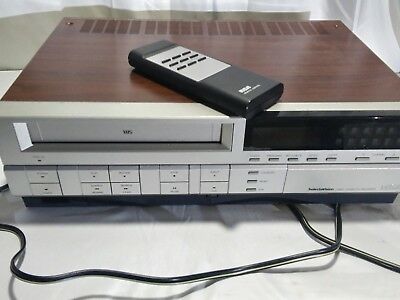
The revolution was most definitely televised and then recorded so you could watch it again later.
The Shop Of Dreams
This technical history is all very interesting context, but where do we come in, the movie geeks?
This televisual freedom basically created new markets. Not only could we record live television and watch it back, or record movies from the television, but we wanted to watch movies at home before they were snapped up by the networks. The home rental market was born.
The world’s oldest business that rents out copies of movies for private use was not American, but German. Eckhard Baum in Kassel, Germany collected movies on Super 8 and began renting them out to friends. He then went on to rent out video cassettes, computer games, and laser discs. His business is still running today.

In December 1977, George Atkinson opened Video Station at 12011 Wilshire Boulevard in Los Angeles after 20th Century Fox had made an agreement with Magnetic Video to license 50 of their titles for sale directly to consumers.
These included Butch Cassidy and the Sundance Kid, M*A*S*H, Hello Dolly!, Patton, The French Connection, The King And I, and The Sound Of Music.
Atkinson snapped up copies of these titles on both VHS and Betamax and began offering them for rental. The video rental store was born. Before West Coast, before Blockbuster, there was Video Station.
However, it was not always plain sailing. Studios were initially downright hostile to the idea and did everything they could to kill the rental market stone dead.
On October 25, 1976, Universal and Disney filed a lawsuit against Sony trying to flat-out ban the sale of VCRs in America completely. When this failed, they came back again, and this time they tried to have video rental banned. This was eventually only resolved in 1984 via the Supreme Court.
All the while the market was growing, regardless of what the courts were deliberating. If you lived away from a major population center you could find VHS tapes for rent in your local gas station, record, grocery, or drug store. From 1985 to 1988 the number of video rental stores in the USA jumped from 15,000 to over 30,000. There were another 50,000 outlets renting VHS tapes on the side, such as convenience stores.

The same story was being played out across the world. In 1987, the revenue taken in from the home video market surpassed box office revenues for that year, and studios were forced to accept the new reality or die.
However, it wasn’t just big-ticket studio movies that were at the core of this business. The home video market opened the door to a wide range of movie experiences.
It Is Here That Outposters Were Born
This, dear Outposters, is where we come in.
Across the late 1970s and early 1980s we were lucky enough to have a rented or bought VCR in the home, and with an explosion of video stores, suddenly viewing experiences were opened up to us like never before.
Movies that wouldn’t have got within spitting distance of a cinematic release outside of the exploitation fleapits of Times Square or Soho were within our grasp. Video rental stores were full of anything and everything. Thousands of titles would stretch as far as the eye could see.
With no internet back then, we got our movie news from Starlog and Fangoria, or from recommendations in the playground.
So most of these movies we had never heard of. Lurid front covers and breathless plot summaries with stills on the back drew us in.
Alongside the major releases, buried deep in the corners of these stores we had access to levels of violence, gore, and nudity that we would never see on broadcast TV or in cinemas. These straight-to-video movies became our staple and did as much to provide our movie education as any studio fare.
It was quite common for a young Outposter to be able to happily spend more than an hour simply browsing the video store. When we did make a selection, it was a couple of bucks for 24 hours rental.
That cassette went straight home and was watched immediately. Then rewound and watched straight away again. It was then probably watched once more the following morning before return to the store before rental expired. And be kind and rewind, always. We were not animals.
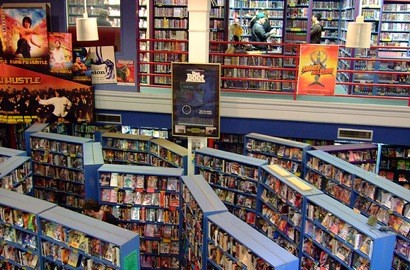
Sure, kids today can access pretty much everything at the touch of a button, but they will never know that feeling. The sheer sense of giddy anticipation on entering a video store with a few dollars in your pocket and a whole world of entertainment stretching out in front of you.
Limitless possibilities. Unbridled opportunity. A chance discovery of something awesome on some forgotten shelf that would, upon sharing this knowledge, make you King of the playground for a few days.
All Good Things
Video stores survived efforts by the studio to kill them. They thrived on B-movies and straight-to-video fare while lawsuits were thrown at them. They saw VHS come and go, replaced by DVD and eventually BluRay. They could not, however, survive the march of progress.
First came the automated retail kiosks like Redbox, removing that human element from proceedings. Then mail home options started to appear. Blockbuster and even the early version of Amazon Prime – LoveFilm – started letting you get rented movies through the mail that you just threw in a mailbox when finished.
But the big bomb was about to drop. VOD on cable TV systems was starting up, shortly followed by streaming. At first, Netflix was a mail-driven provider, before becoming simply an online version of a video rental store, paid by subscription instead of rental fees.
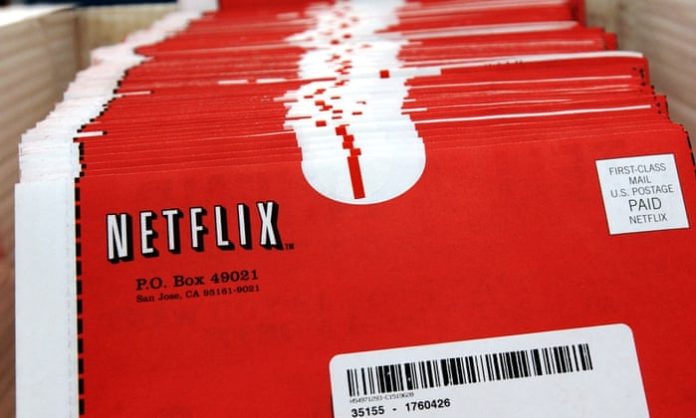
But the writing was on the wall.
In 2000, there were 27,882 stores open in the US. By 2015 that number had collapsed to 4,445. Blockbuster declared bankruptcy, having famously declined to take a controlling stake in Netflix early in the streamer’s life, saying it “wouldn’t catch on”.
On January 5, 2021, Glenview, Illinois-based Family Video announced it was closing all of its remaining video rental stores. Family Video was the last remaining video rental chain in the United States and its closing marked the end of large-scale video rental stores.
Time waits for no man, and some business models are not meant to last forever. However, we can take a moment to stop, reflect, and fondly remember the world of the VCR. We salute you, you glorious little box of electronic wizardry that was the VCR player. The box that changed the world, and made us who we are – Outposters!
Check back every day for movie news and reviews at the Last Movie Outpost



